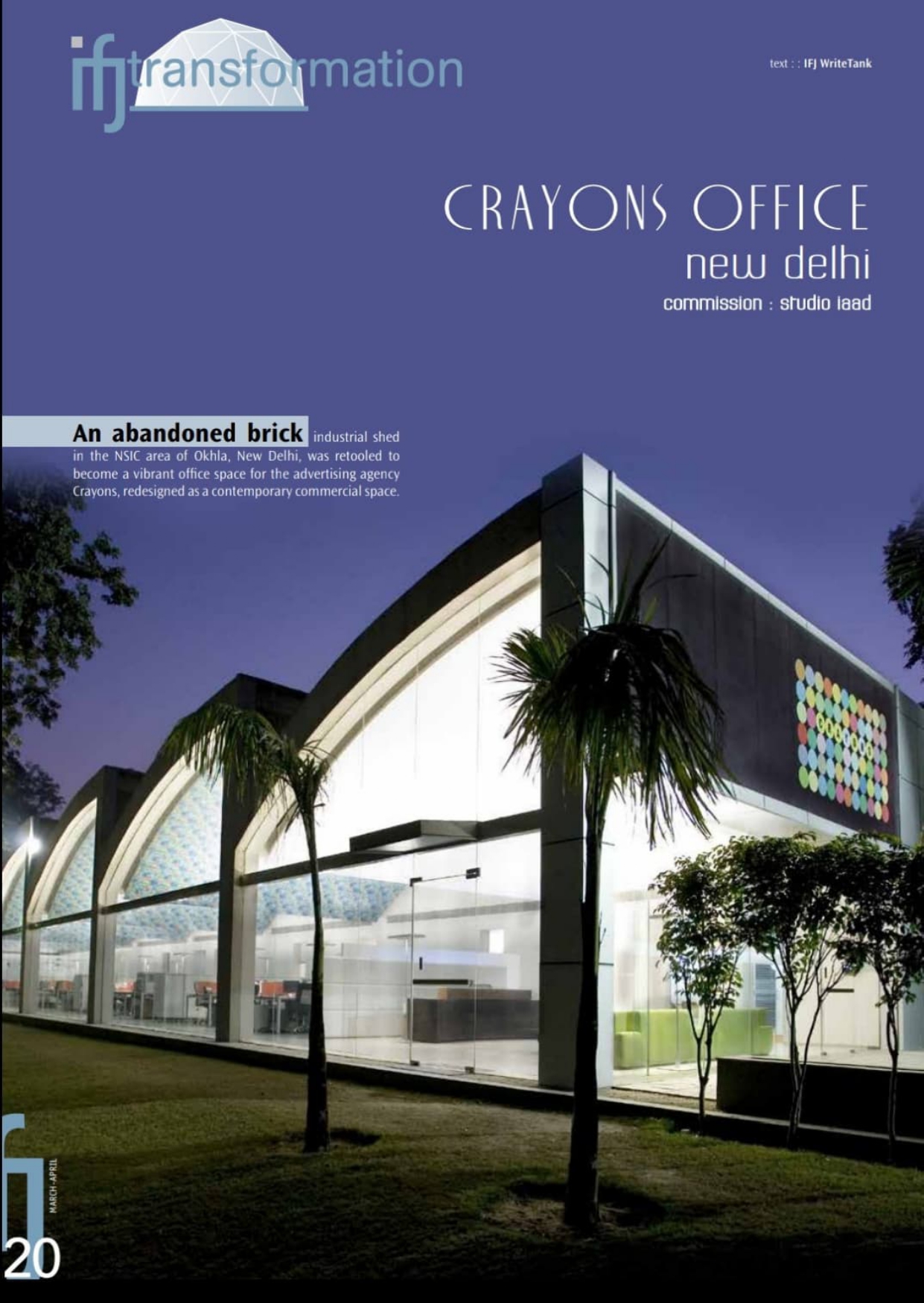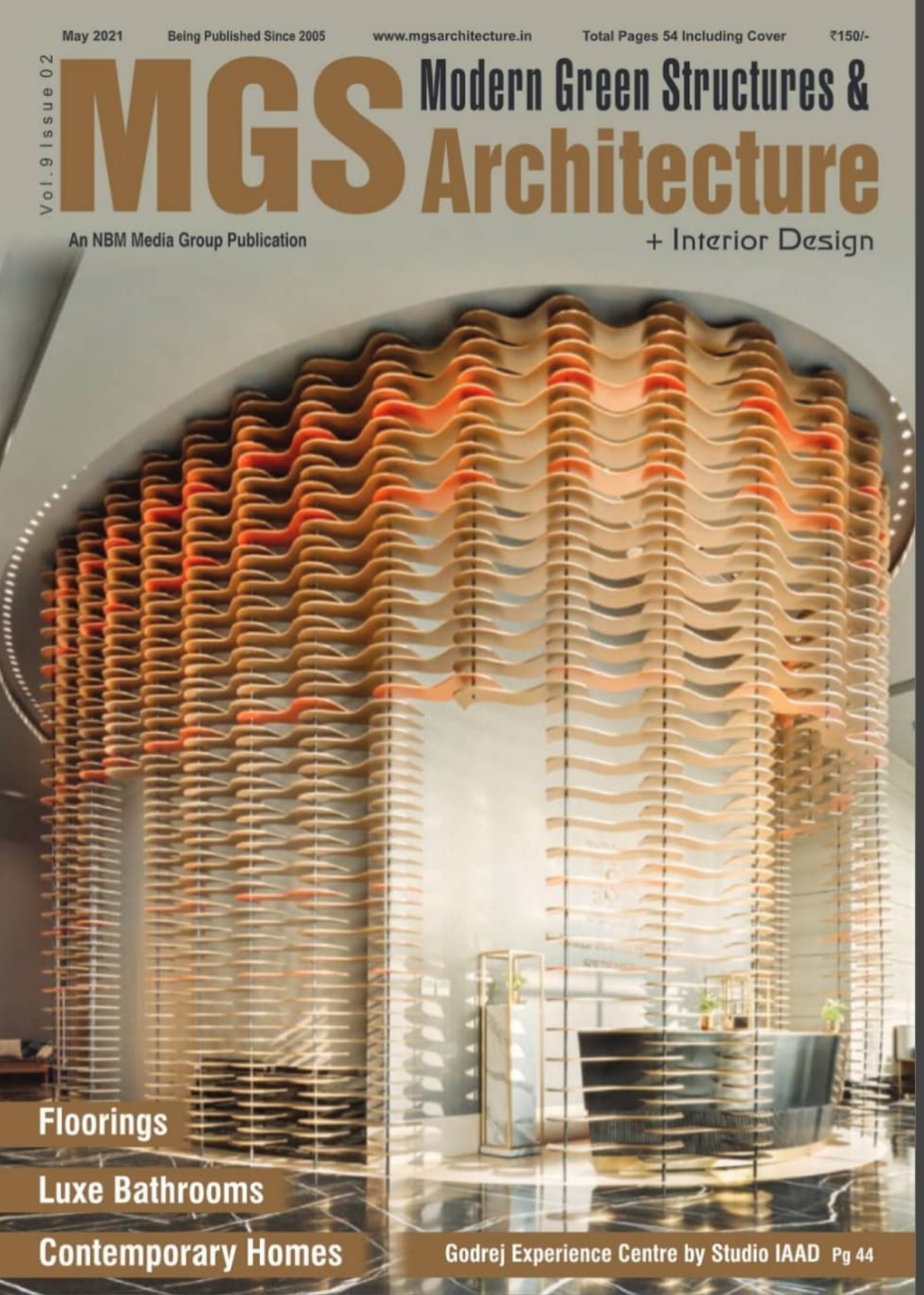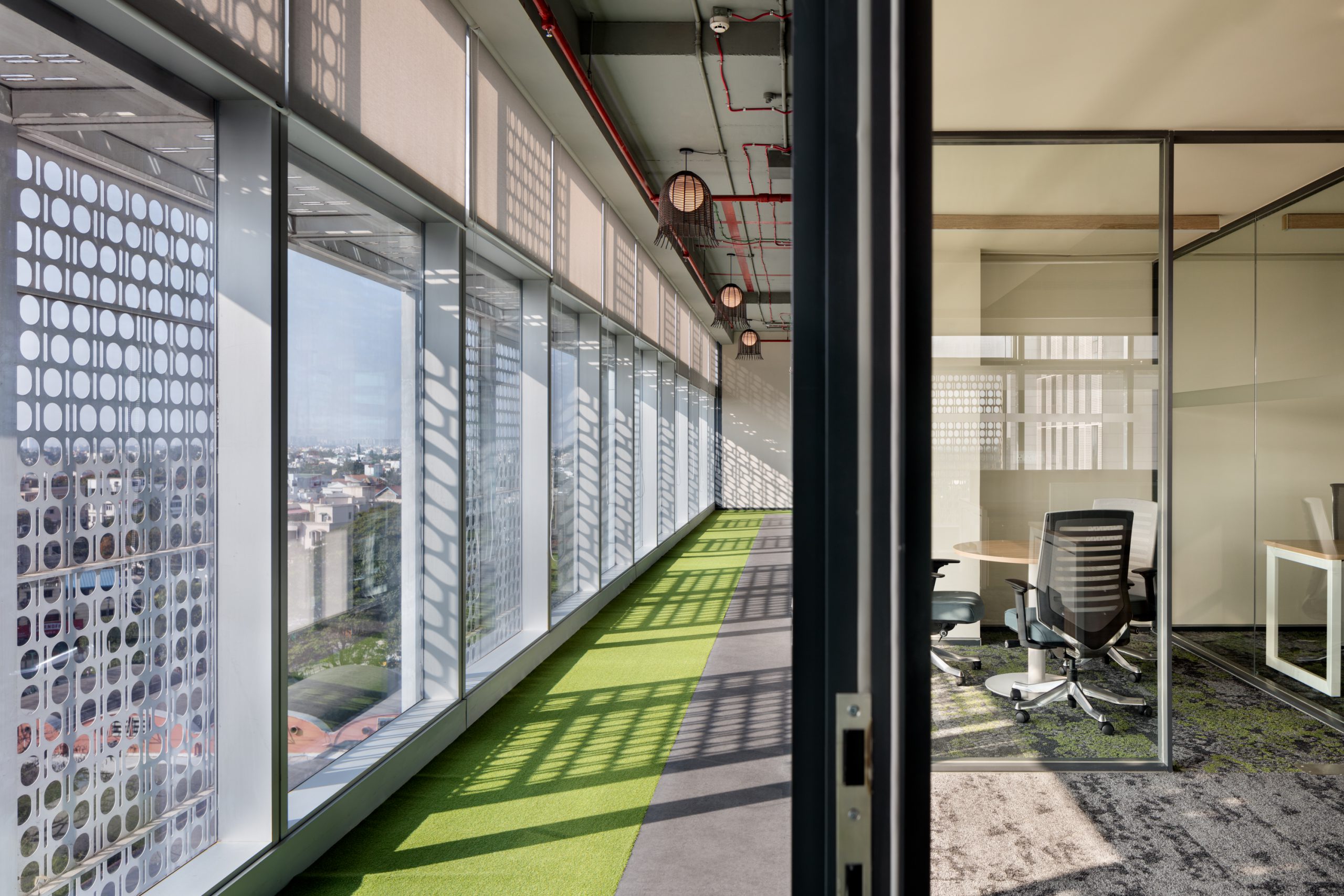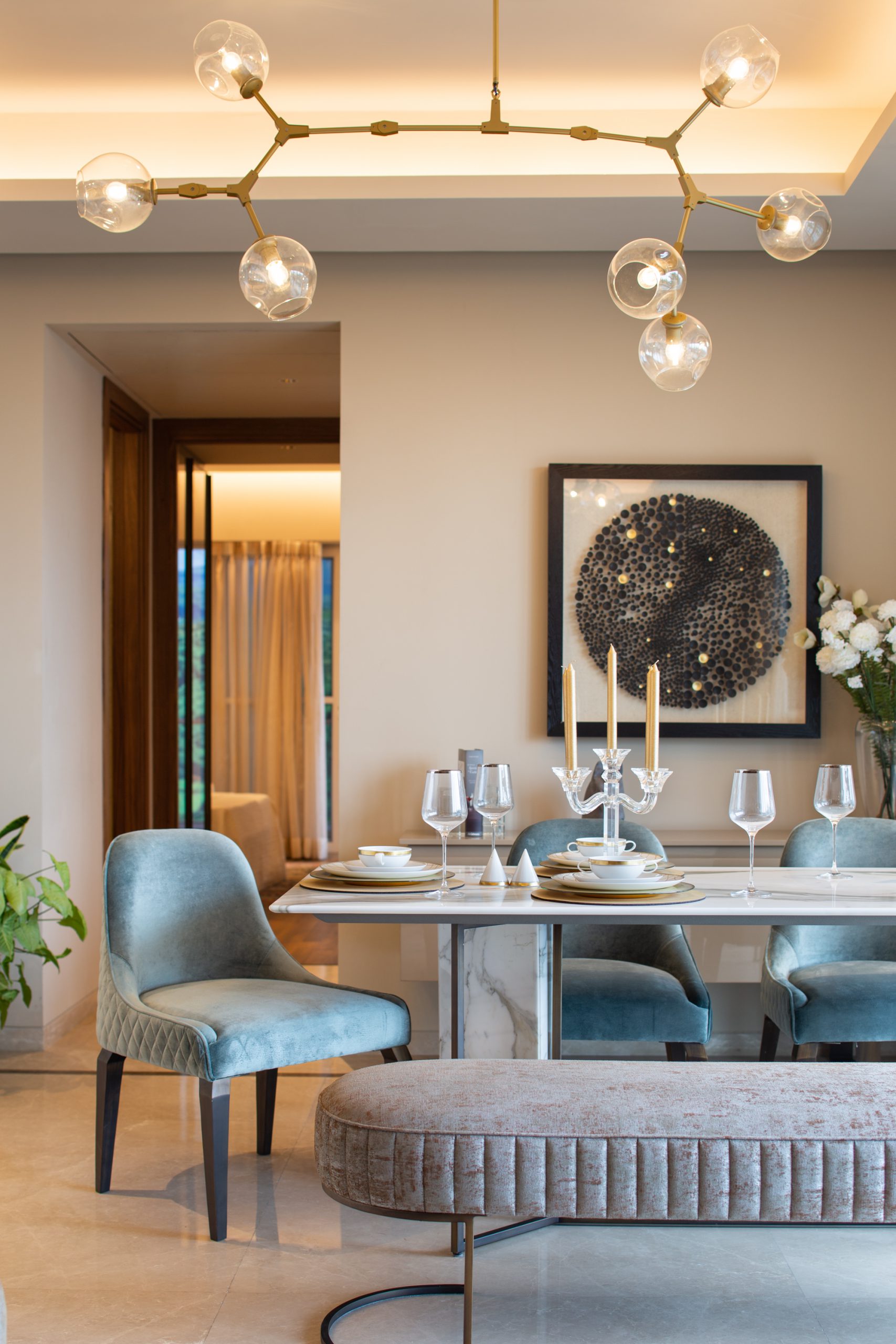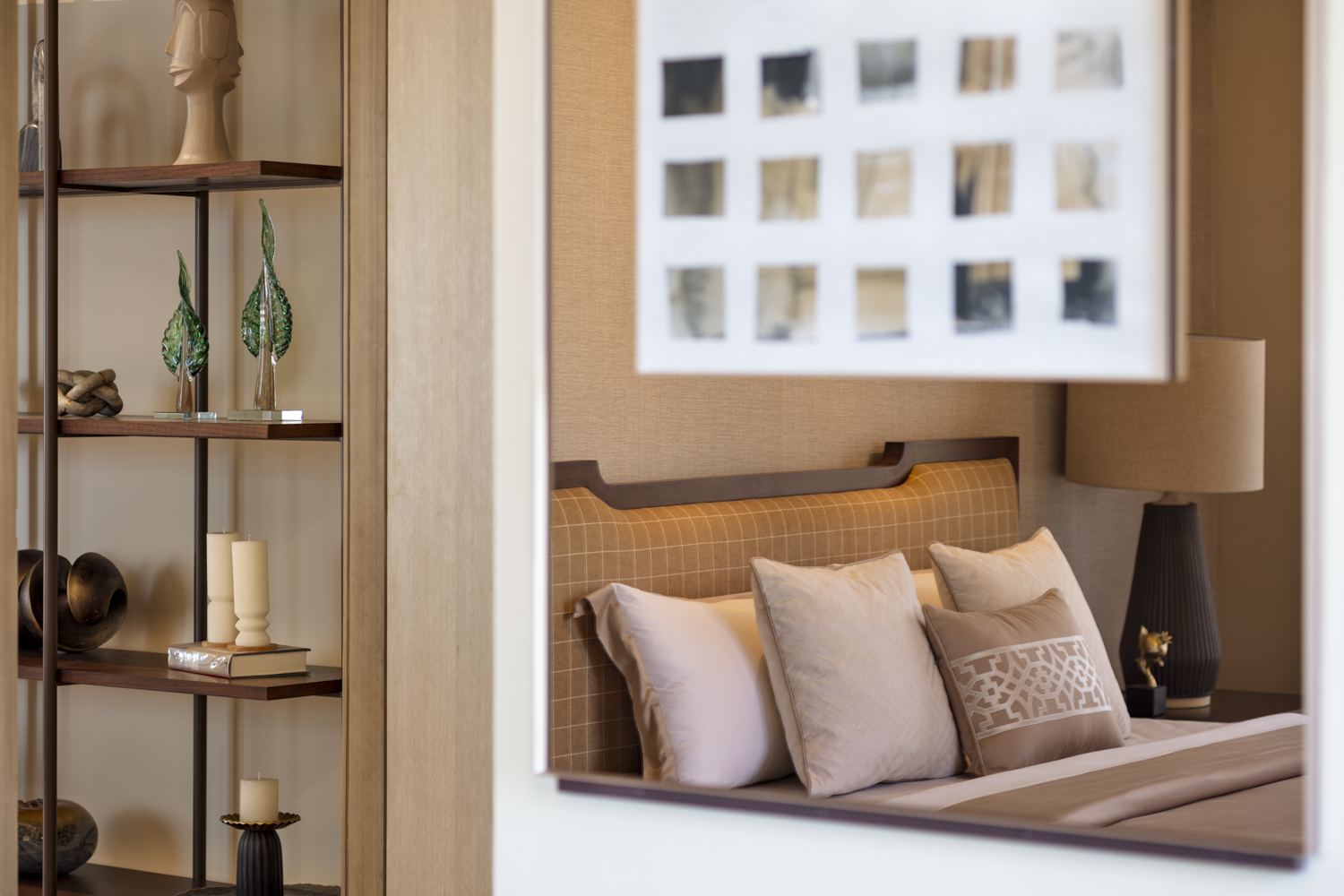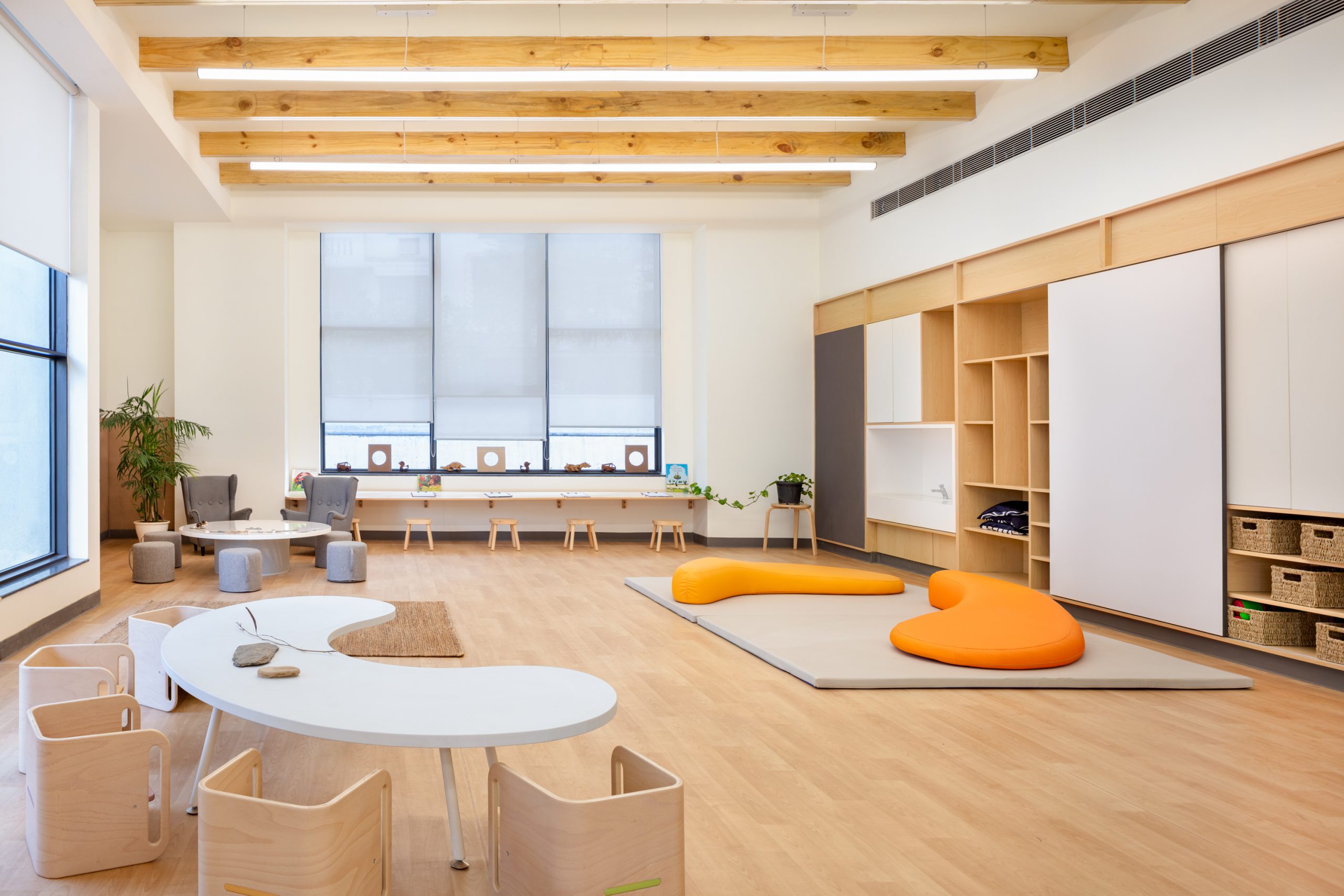
Four ways school design can supplement education
Blog 15
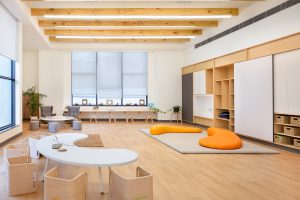
School design plays a critical role in a child’s learning outcome. Hence, it’s time to rethink and reimagine schools. Flexible designs with a holistic, whole-life approach, accommodating the required safety protocols, have become the new normal. A progressive school emphasises learning through hands-on projects and activities; expeditionary learning – and new-age school design schemes should borrow from the same. Here are some design changes that schools should embrace to ensure the physical & emotional well-being of children and make them seem like a second home for young learners.
Happy mood and ambience
Today, the design vocabulary of schools should focus more on holistic wellness by synergising the indoor and outdoor. As a result, more architects opt for expansive windows, glass facades and naturally lit spaces that can create such cohesive spaces. In addition, one can induce warmth and snugness in the classroom by harmoniously blending textures and soft hues.
The layout should be clean-lined and clutter-free to optimise volume, extending its domain to an accessible, barrier-free environment that enables the safety and security of children. Another option is to have sliding glass doors instead of wall partitions that can enable a continuous change in the size of the enclosure and catalyse connections between different areas. Finally, it is essential to evoke a sense of emotional and physical wellness in indoor and outdoor spaces and create a cognitive balance between them.
Flexible & open-plan layouts
Flexibility and open spaces help a child’s imagination run free. Such areas can be reconfigured easily to serve multiple purposes in schools. For instance, one can replace traditionally enclosed classrooms with flexible and experiential learning spaces to push the envelope and explore the outdoors, kindling self-discovery. Giving children the required spaces without defining how to use them is imperative, as they always figure out their ways. Thus, the layout effectively promotes experiential learning.
Open-plan layouts provide the flexibility to conduct educational activities in different groupings and thus make a space multi-functional. As a result, the play area transforms into a classroom or even a makeshift theatre. Some examples of modular furniture include tables, desks, and chairs, which can be reconfigured to support different activities and moved around easily to create various room setups.
Ergonomic furniture
Children spend anything between 6-8 hours at school. Poor posture puts them at health risk and can have profound mental health implications, especially lack of concentration and reduced productivity. Hence, ergonomic furniture is imperative for classrooms, enabling them to sit comfortably and increasing their attention span. Research validates the correlation between student well-being and flexible, ergonomic seating options. In particular, versatile and portable furniture is a prerequisite in multi-purpose spaces.
Play-based learning
The highest form of research, and children learn better when interacting with their physical environment. Such components foster meaningful connections and help children stay more active and socially engaged. Therefore, it’s pivotal for any school design to conjure a learning environment that replaces traditional intimidating institutional architecture. A progressive school emphasises learning through hands-on projects and activities in its design scheme. Collaborative and interactive spaces also give wings to the child’s imagination. In addition, these spaces increase student-teacher interaction and hone discursive educational practice, which is linked to the overall achievements of the child.
Contemporary school designs should prod curiosity while accentuating educational experiences to stimulate and invigorate a child’s early year development and positively impact holistic growth. Therefore, it’s important to rethink and reimagine schools as a child would perceive them and shift from the paradigms of archetypal classrooms.
